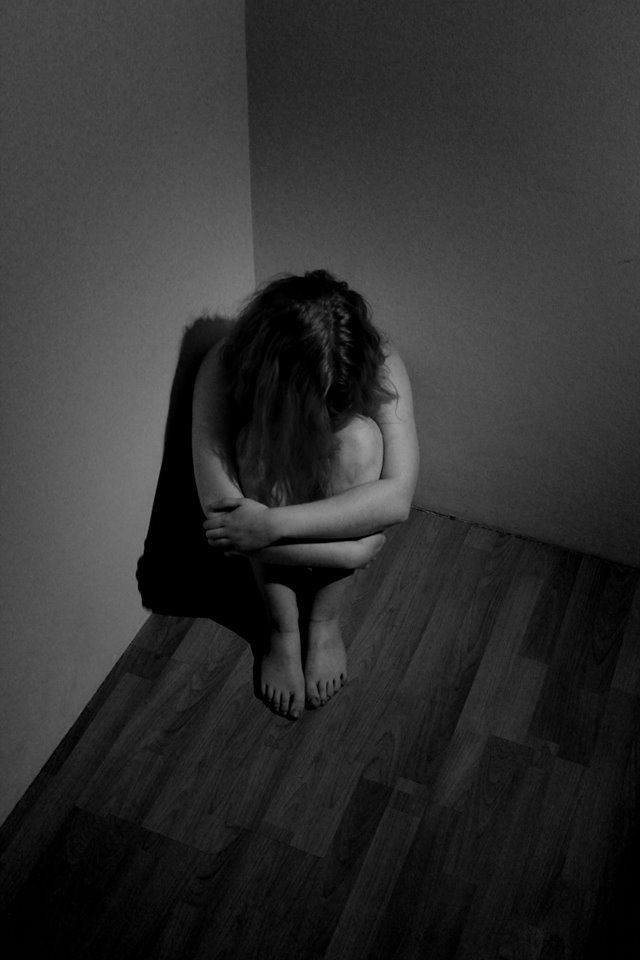“My husband, Bill completed suicide about seven years ago. He was going through major depression, and traumatic life changes. There were warning signs of risk factors right in front of me; I didn’t recognize them.
Kristi Hagstad
Instead of relating to him and sitting down and saying, ‘Bill I’m here for you, we’re going to work on this together…’ I was more fixated on trying to get my old husband back.”

Kristi Hugstad, author of Beneath the Surface:A Teen’s Guide to Reaching Out When You or Your Friend Is in Crisis, recognizes in hindsight that she had bought into the stigma of mental health. She tried to “fix” her husband, rather than get him the help he needed.
Bill’s symptoms at the time included:
- Withdrawn personality
- Hopelessness
- Lack of drive to get out of bed, take a shower, or go to work
- Constant talk of not wanting “to be here”
- Belief that showing emotion was a sign of weakness
Despite being a body-builder, running a successful business, and working with Kristi in the business, Bill could not shake his depression; and it’s very likely other people weren’t tuned in to his symptoms because he didn’t fit the stereotype.
“Depression and mental illness does not discriminate. There is no stereotype.”
Kristi Hagstad
A genetic link may have played a role in Bill’s depression, since two of his grandparents had also attempted suicide. Even at 54-years old Bill had bought into the stigma of mental illness, and it proved his downfall.
Bill ran in front of an oncoming train. A train, which he knew his father was travelling on to come see him. Bill had carefully planned the execution of his own death for weeks.

Bill had been in a deep, dark, depressive place. He probably didn’t want to die as much as he wanted the emotional pain to end. He could see no other way to do so.
Kristi decided she could fall into a deep, dark depressive state herself following Bill’s death; or she could use her pain to help other people overcome the stigma of mental health and suicide.
- We all must know the warning signs and rick factors
- We must treat mental health issues with the same urgency and importance as physical health issues.
- Youth suicide is skyrocketing.
- Youth today live in a social media shell, where “likes” and comments build self-esteem; yet comparison of themselves to others is part of the stigma.
- Cyber-bullying may never stop for our youth, and there is no escape once it starts.
“Depression is not a choice, it’s an illness, and it needs to be treated as such.”
Kristi Hugstad
People who know this will feel confident and secure to ask for help. It’s important for us to not minimize the illness or symptoms. Open the line of communication so people can tell us when they need help. Abolish the stigma.
Symptoms of depression:
- Sadness or feelings of being down do not go away after weeks – especially when life events are going well
- Change in activity – they stop taking part in extracurricular activities they once enjoyed
- They don’t have initiative to eat, bathe, or care for themselves
When you’re feeling dark and depressed, Kristi has these words of advice:
- Make yourself do something you don’t want to do
- Get outside
- Get sunlight
- Exercise
- Eat a healthy meal
- Get adequate sleep

Find time to talk with your teens.
- Don’t be judgmental: “What’s wrong with you?”
- Sincerely share your concern: “Julie, I’ve noticed you’ve been quiet lately. Is everything okay?”
- Be patient if they don’t want to open up at that moment: “Whenever you want to talk, I’ll be available. I love you.”
- Don’t minimize they way they’re feeling: “Your sister can handle this problem, why is it so hard for you?”
Depression and mental illness are diseases. Understanding that will bring hope for something better than the dark place you’re now in. Reach out and ask for help.
Kristi Hagstad is a grief recovery specialist, and host of The Grief Girl Podcast. Reach out to her.



Quick Links to our Social Media Sites